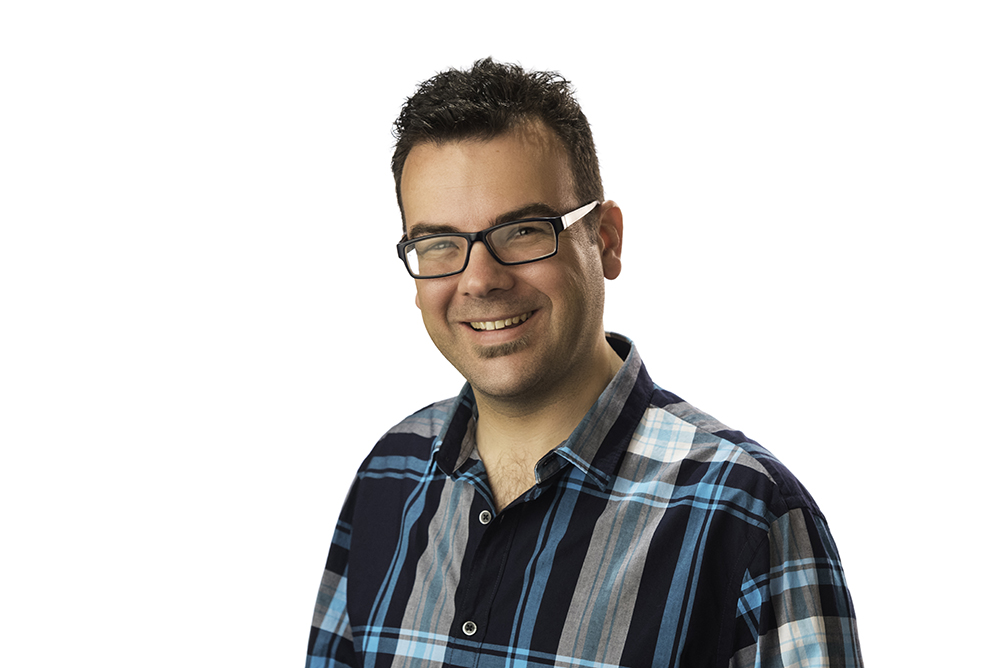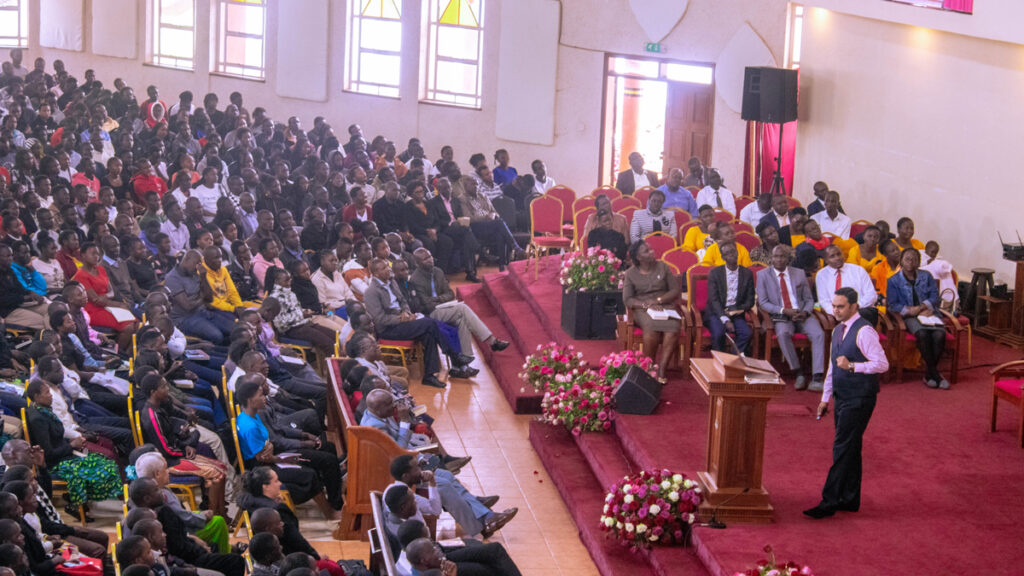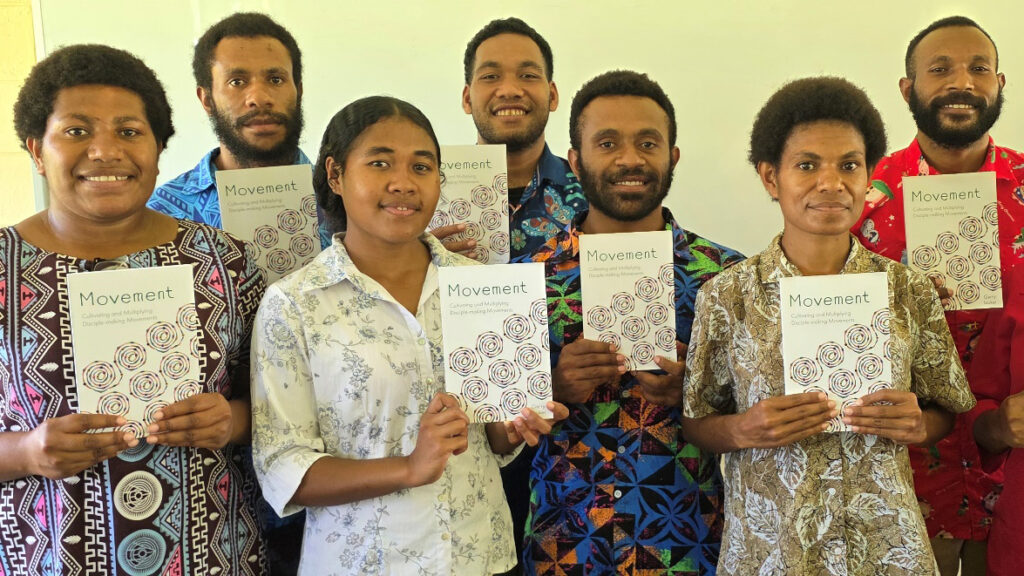Last week’s symposium on sharing the Adventist message in the big cities of the world produced more challenges than answers and highlighted the Adventist ambivalence about urban environments. There was hope, however, and an appetite for change among the Church leaders and others meeting at Avondale College of Higher Education’s Lake Macquarie campus, Cooranbong, NSW.
“When we do urban mission we are stepping on the devil’s territory,” said Dr Kleber Goncalves, who heads up the Global Mission Centre for Secular and Postmodern Studies. “He wants to control the city. If he controls the systems [based in the cities] he controls human life.” In a brief biblical survey, Dr Goncalves highlighted Babylon as not just an historical city but a clear symbol of rebellion against God.
In the Q&A session after his presentation, however, members of the invitation-only audience that included Church leaders and teams from each of Australia’s five largest cities and Auckland, New Zealand, noted that Christianity began in a city, Jerusalem, and flourished in city environments—Samaria, Antioch, Ephesus and Rome. Christianity will also find its consummation in a city—the New Jerusalem.

Dr David Trim, an Australian historian who heads up the General Conference’s office of Archives, Statistics, and Research, came armed with graphs and global diagrams that amply and repeatedly demonstrated how comparatively weak the Seventh-day Adventist Church is in the world’s big cities. While there is one Adventist for every 391 of the world’s population, for example, the ratio widens to 1:555 in the cities.
Why? The answer is multifaceted and differs from city to city but it’s likely to include the following factors:
- Priced out: as cities grow, real estate values increase and Adventists are forced to seek more affordable accommodation further from the city centre.
- Middle-class flight: Adventism—with its emphasis on education, good health and a responsible work ethic—has a gentrifying effect. Middle class people tend to drift away from the tougher, multicultural suburbs to the commuter belts.
- Country living: Ellen White’s warnings about the negative spiritual impact of urban environments resonate with many Adventists, particularly those with children. So they leave.
- Seachange/Treechange: Older people are the core of Adventist churches in some parts of the world. When they retire the need to be close to work evaporates and a move to a quieter, more natural environment is suddenly possible.
- Bright lights: Young people, drawn to the cities in search of education, employment and excitement, encounter a dizzying array of new ideas, opportunities and temptations that can result in them abandoning the faith of their childhood.
But like Abraham pleading with the Lord for Sodom, speaker after speaker at the Mission to the Cities Symposium called for a renewed focus on reaching urban dwellers, beginning with the biggest cities in our region.

“Mission is no longer just about crossing jungles and oceans. It’s about crossing the street,” said Dr Goncalves. “God is using the urbanisation of the world to fulfil His mission.” Dr Goncalves summarised his experience of planting an urban church in his native Brazil and noted that it took some years for Church leaders to appreciate the effectiveness of the contemporary worship style he and his team chose. It’s a strategy that, surprisingly, resonates with the 1902 counsel of Adventist co-founder Ellen White: “Those in our cities—living within the shadow of our doors—have been strangely neglected… Take up the work in the cities wholeheartedly, intelligently, unselfishly… New methods must be introduced. God’s people must awake to the necessities of the time in which they are living” (Advent Review and Sabbath Herald, September 30, 1902, p7).
A renewed focus on city evangelism has been a feature of Seventh-day Adventist world church policy since at least 2012 when a compilation of Ellen White’s prophetic statements on urban mission were released in book form, Ministry to the Cities, which balances Country Living, another White compilation that extols the health and spiritual virtues of rural environments.
There’s also commitment in Australia and the South Pacific region and a recognition that “business as usual” isn’t going to produce the desired effect. “If we keep doing what we’re doing, we’re not going to have different results,” said Dr Graeme Humble, director of Adventist Mission for the South Pacific region. [pullquote]
As one of the symposium’s key organisers Dr Humble, along with Dr Wayne Krause, helped to ensure that the discussion moved towards action. Participants were given time to discuss the implications of each presentation throughout the four days with the final morning focused on achieving a convergence of the ideas generated by the think tank and identifying an agreed way forward. Key themes that emerged included:
- Awareness: The importance of mission to the cities needs to be highlighted among Adventists, using articles, videos, social media, conferences, etc. A concise, practical theology of urban mission needs to be developed and stories shared of the struggles and successes of city pioneers.
- Money talks: Adventist leaders serious about urban mission will financially support church plants in city areas—rents, worker stipends, ministry resources—and may need to release pastors from established churches so they can focus on entering new areas. Private donors are also a vital link in what can be costly projects.
- Basic training: Students of various disciplines at Adventist institutions need to learn how urban mission fits into their vocation. Short courses and practical opportunities for involvement in creative city mission projects will help young adults turn the theory into reality.
- Demographics: The Adventist Church needs strategies to connect with specific hard-to-reach urban groups, including migrants from non-Christian backgrounds and secular, upwardly mobile Anglos.

- Social work: To show Adventists genuinely care about city people we need to respond to the problems they’re struggling with by offering services such as counselling, community gardens, op-shops and “welcome baby” packages.
- Local leverage: Existing city congregations should aim to transform themselves into “centres of influence” and use their buildings 24/7 for ministry purposes, particularly health ministry.
- Get creative: Reaching city dwellers may involve innovative strategies involving, for example, the arts, partnerships with other organisations, cafes, massage centres and using Adventist schools or aged care facilities as “centres of influence”.
The think tanks and prayer sessions were coordinated by South Pacific Division president, Pastor Glenn Townend. A major part of the think tank was prayer in each session—prayer about what the groups had discussed and prayer for one of the six target cities, with the leaders from that particular city invited forward and surrounded by praying colleagues. “[The prayer sessions] were a highlight of the think tank,” said Dr Humble. “Discipleship was a recurrent theme and your readers should expect to see a renewed focus on mission to the cities through their conference, union and division newsletters.”
Dr Humble has some advice for people who think God may be calling them to an urban mission project. “They need to work with their pastor, or they need to work at least with their conference team—all their conference administrators are here [at the symposium] and they’re fully aware of the direction the Church wants to go. They need to certainly pray about it and talk about it with a group of friends who might be like minded because they can’t do it by themselves. I’d suggest a communal approach would be much better.”
Download and watch sessions from the Mission to the Cities symposium using this Dropbox link.






